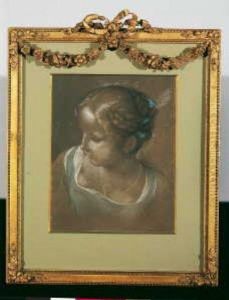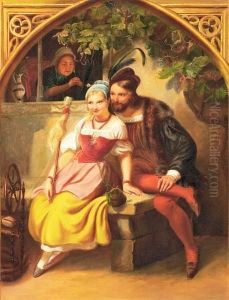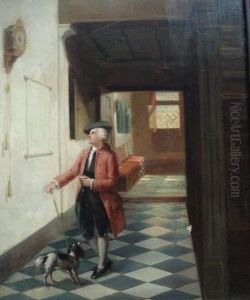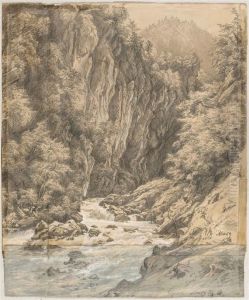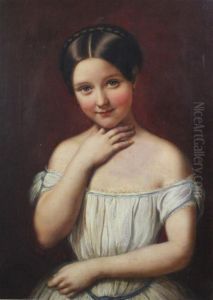Julius I Jacob Paintings
Julius Mordecai Pincas, known by the pseudonym Jules Pascin, or Julius I Jacob, was a Bulgarian-born French painter. Born on March 31, 1872, in Vidin, Principality of Bulgaria, to a Spanish-Sephardic Jewish father and a Serbian-Italian mother, Pascin was part of a rich cultural tapestry from the beginning. His early life in Bulgaria, followed by a move to Vienna and then Munich for his education, exposed him to a variety of artistic influences. He studied at a variety of institutions, including the private school of Moritz Heymann, a member of the Munich Secession. The diversity of his background and education played a significant role in the development of his unique artistic style.
Pascin is best remembered for his contributions to the early 20th-century modernist movement, particularly for his work in Paris, where he moved in 1905. Paris was the epicenter of the art world at the time, and Pascin quickly became a notable figure in the bohemian circles of Montmartre and Montparnasse. He was associated with the École de Paris, a loose group of artists living and working in the French capital, which included Amedeo Modigliani, Moïse Kisling, and Marc Chagall among others. Pascin's work primarily consisted of drawings, watercolors, and paintings, focusing on scenes of daily life, portraits, and nudes. His delicate line work and use of light and shadow conveyed a sense of immediacy and intimacy, capturing the fleeting moments of Parisian life.
Despite his success, Pascin struggled with depression and alcoholism throughout his life. His personal demons often reflected in his work, which could range from whimsical and light to dark and brooding. In 1920, he became a naturalized French citizen, which was a significant milestone, reflecting his deep connection to France and its culture. However, his health and mental well-being continued to decline.
Tragically, Pascin's life ended in despair. He committed suicide on June 5, 1930, in his Paris studio on the eve of an important exhibition. His death shocked the art community and left a void in the modernist movement. Despite the tragic end, Julius Mordecai Pincas (Jules Pascin)'s legacy lives on through his art, which continues to be celebrated for its contribution to modernism and its insightful glimpse into early 20th-century bohemian life. His works are housed in major collections and museums around the world, and he is remembered as a pivotal figure in the École de Paris and a significant contributor to the modernist movement.
